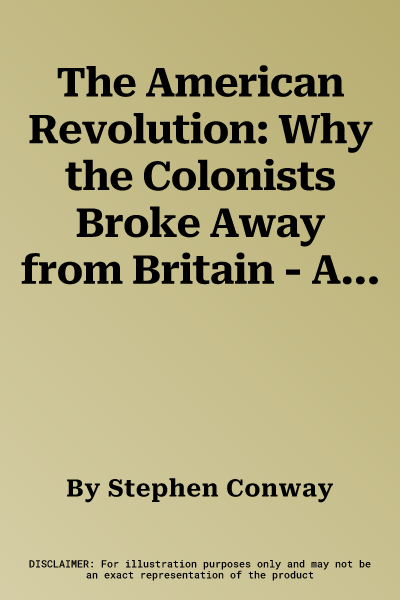The British colonies that became the United States of America originated
in the 17th century. The early colonists were for the most part young
men, looking to make their fortunes and then return home. So how - and
why - did this disparate set of colonies unite to break the political
link with Britain and form a new nation? Popular understandings of the
American Revolution tend to be uncomplicated. For many Americans, it is
the glorious story of the creation of the United States, a story marked
by well-known events such the Boston Tea Party of December 1773, the
first shots in the war between the Americans and the British in April
1775 and the Declaration of Independence in July 1776. But the true
story of the revolution is clouded in myth - the anti-taxation Tea
Party, for example, used the Boston Tea Party as its inspiration, few of
its supporters realising that their ancestors objected only to taxation
by the British Parliament, not to taxation in general. But no one doubts
the importance of the American revolution. It divided the Anglo-world.
It effectively ended the idea of a transatlantic British nation. Until
the eve of independence, the colonists saw themselves as British; some
continued to stress their common roots for many years afterwards while
the new nation remained firmly in Britain's shadow. Few would have
predicted that eventually the revolution would lead to the birth of the
most powerful nation the world has ever seen.

